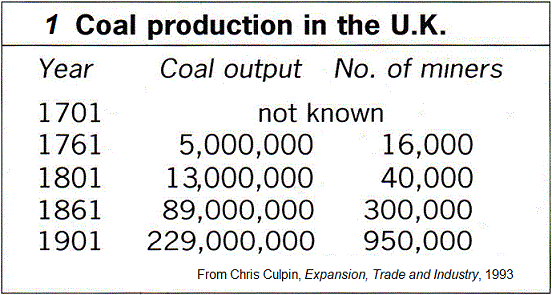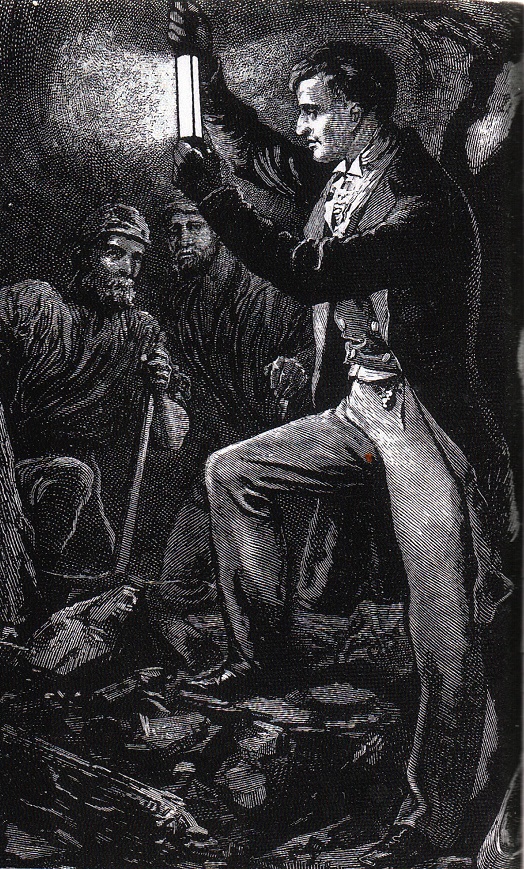
King Coal

Introduction
Coal had been used before the Industrial Revolution, for fires, and in the brewing, pottery and glass industries.
All this changed in the years after 1750. The Industrial Revolution was based on coal perhaps more than anything else (see source 2). Vast amounts of coal were needed.
Unlike other industries, however, there were no great inventions which revolutionised the production of coal. Mine owners simply used the same techniques, and dug deeper mines:

As they dug deeper, accidents and explosions became more frequent.
After you have studied this webpage, answer the question sheet by clicking on the 'Time to Work' icon at the top of the page.
Links:
The following websites will help you research further:
•
The Importance of Coal
– BBC Teach
Interrogating Source 1:
•
Work out productivity per miner in the four years shown; what do you notice?
• What does this tell us about
technological innovation in the coal industry during the Industrial
Revolution?
• Productivity actually
fell as time went on; can you suggest possible reasons why?
Click here for the answer
